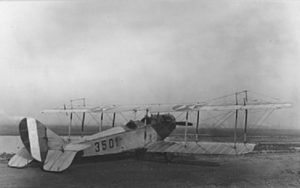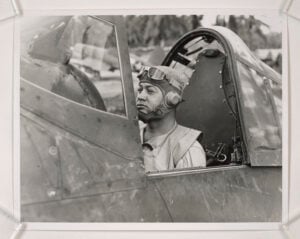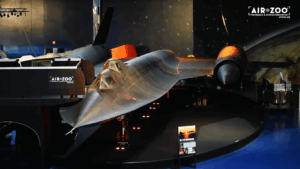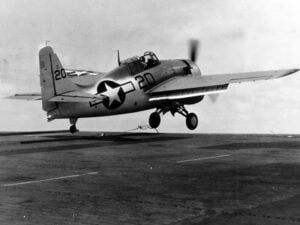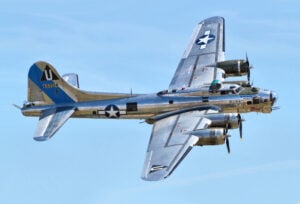5 Lightweight Fighter Planes of WWII

PLASMO - plastic models / YouTube
World War II was a significant era for advancements in military technology, with the skies becoming a new battleground that required faster, more agile, and more effective fighter planes. During this time, several countries developed lightweight fighter planes that played crucial roles in aerial combat. These fighters, known for their speed, agility, and effectiveness, were instrumental in many battles in the skies. Here, we delve into five notable lightweight fighter planes that made their mark during World War II.
Supermarine Spitfire

The Supermarine Spitfire is one of the most famous British fighters of World War II. It was admired for its exceptional performance and beautiful design. Known for its superior maneuverability and speed, the Spitfire was a favorite among pilots. It played a key role in the Battle of Britain, where its performance against German aircraft was critical in ensuring the defense of the United Kingdom. The Spitfire continued to be improved and adapted throughout the war, showing the versatility and enduring capability of the design.
Messerschmitt Bf 109

The Messerschmitt Bf 109 was a mainstay of the German air force and held the distinction of being one of the most advanced fighters at the beginning of World War II. Its design allowed for excellent speed and agility, making it a formidable opponent in aerial combat. The Bf 109 was involved in various significant battles throughout the war, and its presence was felt across all European fronts. It was a plane that could engage in dogfights with ease, thanks to its powerful engine and responsive controls.
P-51 Mustang

Initially overlooked by the British, the P-51 Mustang emerged as one of the most effective escorts for bombers due to its long-range capability and impressive performance at high altitudes. When equipped with Rolls-Royce Merlin engines, its performance dramatically improved, allowing it to match or outperform most enemy fighters it encountered. The Mustang was pivotal in gaining air superiority over Europe and played a significant part in enabling the Allied victory. Its speed, range, and firepower made it feared by enemy pilots and cherished by those who flew it.
Mitsubishi A6M Zero

The Mitsubishi A6M Zero was a nimble and lightweight fighter plane used by Japan, known for its incredible maneuverability and long range. At the war’s outset, the Zero was considered by many to be the most capable carrier-based fighter in the world, dominating aerial engagements early in the Pacific theater. Its design focused on speed and agility, sacrificing armor and protection for sheer performance. However, as the war progressed, the Zero’s advantages were mitigated by new American fighters designed to exploit its weaknesses.
Yak-3

The Yak-3 emerged as one of the most effective fighters on the Eastern Front, prized by the Soviet Union for its remarkable agility in the air. It was a small but powerful aircraft that could outmaneuver many of the fighters it went up against. The Yak-3 played a significant role in the later stages of the war, providing crucial air support that helped push back the German forces. It was particularly effective in dogfights at lower altitudes, where its speed and responsiveness gave it an edge over heavier, less maneuverable aircraft.














